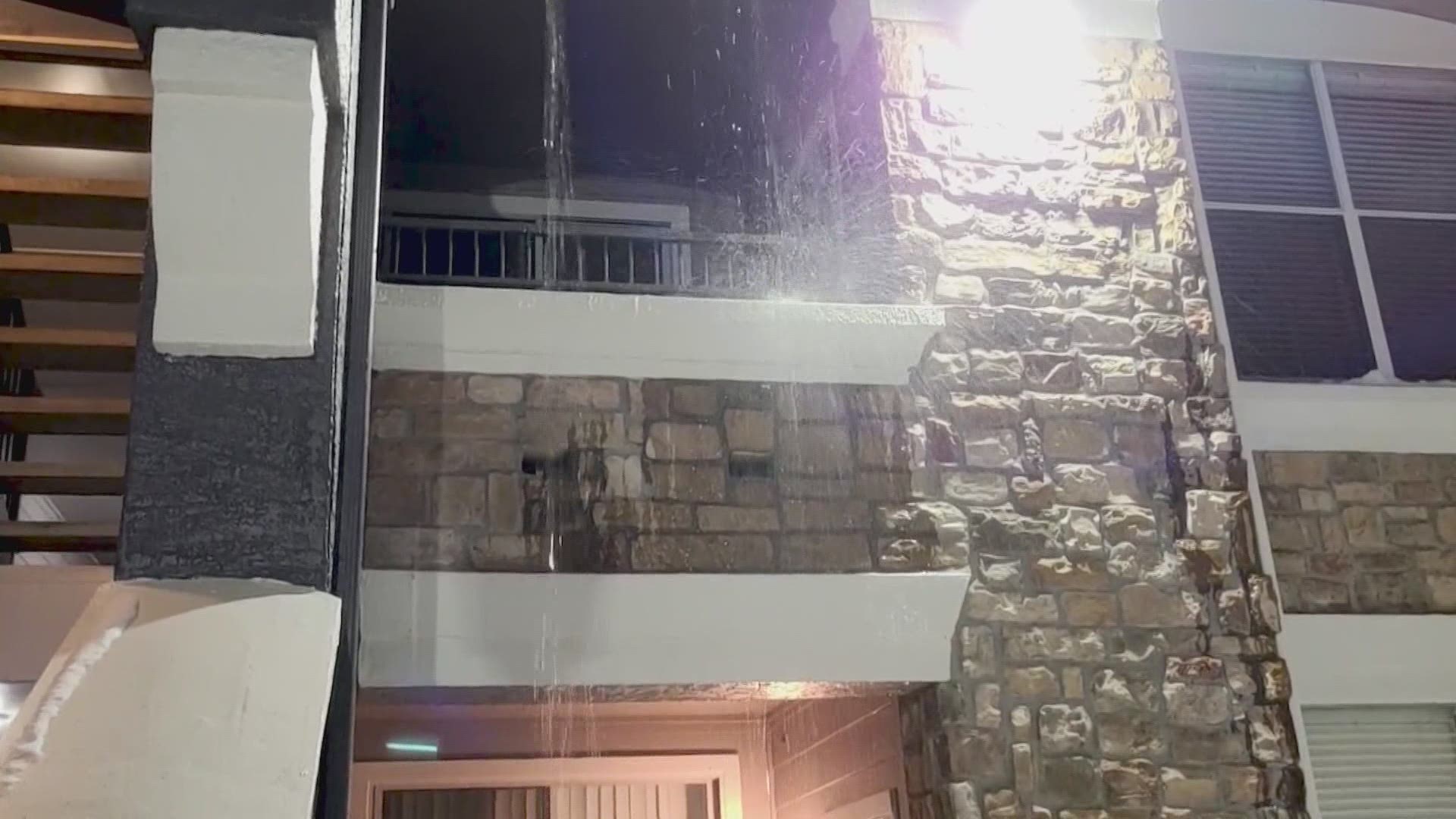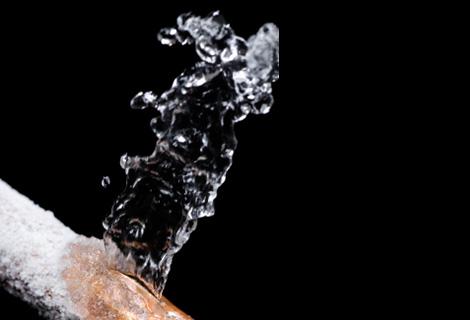Septic System Maintenance 101: Everything You Need to Know
Septic System Maintenance 101: Everything You Need to Know
Blog Article
In this article below you can locate a good deal of decent facts in relation to The Do’s And Don’ts After Water Damage.

What should you do if a water pipe bursts in your house? Do you desire a mini-waterfall as well as flooding in an area of your home? If you find yourself in this scenario, you should act fast. The longer you wait, the extra extreme the damages that can occur to your home. The presence of mind is key in these events. For these reasons, you require to find out exactly how to act in the event of a burst water pipe. Check out the adhering to tips listed below to aid you act quick since time is of the essence.
Shut down the Main Waterline Shutoff
The first thing to do? Close the shut-off shutoff. Look for the local shut-off shutoff to turn off the water in one particular area just. If you don't recognize where the local shut-off valve is, go with the main water line shutoff and turn it off. This action will cut off the water quickly in your whole home. Usually, the main shutoff is located outside the home alongside the water meter. If it's not there, you can also locate it in two locations: in the cellar at eye degree or the first floor on the ground. Typically, home builders placed the shut-off valve in the main ground degree restroom or ideal alongside it.
Call Water Damage Reconstruction Pros for Aid
After shutting the water source, call the professionals for help. With their expert help, you can prevent a lot bigger water damages consisting of deformed walls, loosened ceramic tiles, or damaged structures.
File the Damage For Insurance
While you're waiting for the pros to get here, obtain some paperwork of the damage created by the wayward pipe. Do close-up shots of the harmed valuables and also areas.
Salvage Things That Can Be Saved
As soon as you're done taking photos, examine the harmed products and obtain the most important ones from the pile. Dry them off in a dry/warm location far from the broken area and also try to maintain them as long as you can. Drag as much moisture as you can to the product so it can begin to dry.
Start the Drying Process
Luckily, the water from your waterlines is already clean so you do not have to stress about drain water. The moving water may have disrupted the dirt and debris in your floorboards and rugs. Blot out as much water as you can from the surface areas with old towels.
Professionals are the only people certified to analyze correctly as well as take care of the burs pipelines and subsequent damages. As constantly, pipes do not simply all of a sudden break out of heaven. They typically provide quiet red flags like bubbling paint, water spots. Unusual noises in the plumbing, caving ceiling, mildewy smell, or peeling wallpaper. Remember of these indicators and do some preventive measures so you can nip any type of concerns in the bud.
What should you do if a water pipe bursts in your home? For these factors, you require to find out how to act in the event of a burst water pipe. After closing the water resource, call the specialists for aid. With their expert help, you can avoid a lot bigger water damage including warped baseboards, loosened tiles, or damaged structures. Luckily, the water from your waterlines is currently tidy so you don't have to worry regarding drain water.
Tips for preventing water damage at your business
Insulate exposed pipes
When temperatures drop during the winter, especially at night, exposed pipes are vulnerable to freezing. Plummeting temperatures or cold drafts can freeze water inside a poorly insulated pipe, creating pressure and ultimately causing the pipe to burst. A broken pipe can lead to costly flooding or even structural damage.
The best way to prevent frozen pipes is to ensure they’re insulated. Most hardware stores carry pipe insulation. The more insulation you use, the better protected your pipes will be.
Keep heat at sufficient levels
To prevent pipes from freezing, you’ll want to keep an eye on your business’s thermostat. Make sure the thermostat is never set lower than 50 degrees – even on weekends or when the building is vacant. Avoid significant changes between nighttime and daytime temperatures, which increases the risk of your pipes freezing. In addition, be sure to regularly replace batteries in thermostats to ensure they’re operating correctly.
Clear your roof
Snow and ice accumulation on your business’s roof can result in weakened roofing materials and create “ice dams,” which prevent melted ice and snow from properly draining. Regularly remove snow and ice from your business’s roof to prevent structural damage. Know your roof’s load-bearing capacity, and periodically check to ensure that snow and ice aren’t accumulating beyond its weight limits.
Seal cracks and gaps
Seal any cracks, holes, or other gaps in your building’s exterior and foundation to ensure that cold air doesn’t penetrate your building and warm air doesn’t escape. Caulk, weather stripping, and other sealants can be used to make your building more energy efficient and reduce the risk of frozen pipes.
Keep track of valuable items
Knowing the value of items in your building will help you replace them in the event they’re damaged by a water-related incident. If there’s a risk of flooding, move valuable items from the floor of your business – as long as you don’t put yourself at risk. If flooding does occur, you’ll need to ensure that the building has been safely evacuated and that all employees and customers are able to get to higher ground as soon as possible.
Protect your business with insurance
It’s important to have adequate insurance in place in the event that you do experience water or freezing damage. When it comes to small business insurance, the details of your coverage matter.
Many commercial property insurance policies will cover the cost of pipe breakage but will exclude damage from flooding, groundwater, and backed-up sewer lines. Your insurer will likely look at the source of the water damage when you make a claim and decide whether you’re covered. You can ask your insurer to add a rider, or an endorsement, to your policy to extend coverage to hazards that are excluded from your policy to ensure your business is protected.
https://www.insureon.com/blog/tips-for-preventing-water-damage-at-your-business

I was made aware of that editorial on Water Damage Restoration Do’s And Don’t through an acquaintance on a different web address. Sharing is good. You never know, you could be helping someone out. We appreciate reading our article about The Do’s And Don’ts When Water Floods Your Home.
Report this page